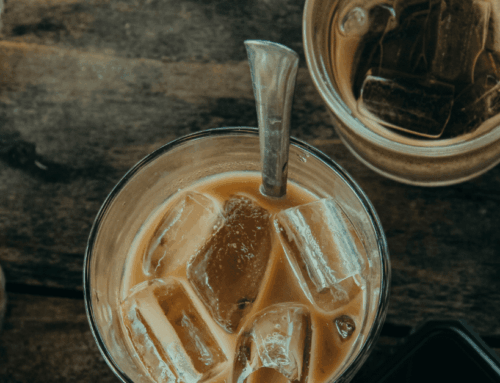The Science of Extraction: Unleashing the True Potential of Coffee Beans
Coffee, one of the world’s most beloved beverages, has become an integral part of our daily lives. Millions of people start their day with a cup of coffee, relying on its aromatic, flavorful, and stimulating properties. While the process of brewing coffee seems simple, there is an intricate science behind it, involving the extraction of compounds from coffee beans to unlock their true potential. In this blog, Brisk Coffee Roasters in Tampa, Florida, delves into the fascinating world of coffee extraction and discover how various factors impact the final cup of coffee.
Understanding Coffee Beans
Before we dive into the science of extraction, it’s essential to understand the key component: coffee beans. Coffee beans are the seeds of the Coffea plant, and they contain a complex mixture of chemical compounds that contribute to the beverage’s flavor, aroma, and caffeine content. The two main species of coffee beans used for coffee production are Coffea arabica and Coffea canephora (commonly known as Robusta).
The Extraction Process
Extraction is the process of dissolving and removing the soluble compounds from coffee grounds using hot water. These compounds include acids, sugars, oils, and aromatic compounds that collectively create the unique flavor profiles of different coffee varieties. The goal of extraction is to balance the extraction of desirable compounds while avoiding the extraction of unwanted bitter or astringent compounds.
Factors Affecting Extraction
- Grind Size: The size of coffee grounds significantly impacts extraction. Finely ground coffee increases the surface area exposed to water, resulting in quicker and more thorough extraction. Conversely, coarsely ground coffee requires a longer brewing time to achieve proper extraction.
- Water Temperature: The temperature of water during brewing influences extraction. Generally, water between 195-205°F (90-96°C) is considered ideal for coffee brewing. Higher temperatures can lead to over-extraction, resulting in a bitter taste.
- Brew Time: The length of time coffee is in contact with water affects the level of extraction. Shorter brew times may result in under-extraction, producing a weak and sour cup. Longer brew times could lead to over-extraction, producing bitterness.
- Coffee-to-Water Ratio: More coffee to water results in a stronger cup, less coffee to water results in a weaker cup.
- Agitation: Stirring or agitating the coffee grounds during brewing can influence extraction by promoting even saturation of coffee particles. However, excessive agitation can lead to excessive extraction.
Balancing the Extraction
Achieving the perfect extraction is a fine art. Coffee enthusiasts and baristas meticulously adjust variables such as grind size, water temperature, and brew time to find the right balance for each coffee bean type and roast level. The aim is to extract enough of the desirable compounds that give the coffee its character while avoiding the extraction of undesirable flavors that could mar the overall taste.
Impact on Flavor Profiles
The science of extraction plays a pivotal role in the diversity of coffee flavors. Under-extraction can produce a sour and weak cup with a lack of complexity. On the other hand, over-extraction yields bitterness and a harsh aftertaste. Proper extraction ensures a well-rounded, flavorful cup, with pleasant acidity, body, and sweetness.
Brisk Coffee Roasters in Tampa, Fl
At Brisk, our expert roasters know that every coffee bean is a different size, shape, color and density, and requires a different application of heat and timing to unleash the full potential of a bean’s flavor. Variables such as air temperature and humidity can affect each roast. To achieve optimum flavor, Brisk’s highly skilled master roaster closely monitors, and makes adjustments to each batch using the latest computerized roasters, thus ensuring the highest quality and consistency. Contact us to learn more about how Brisk can enhance your coffee program.









